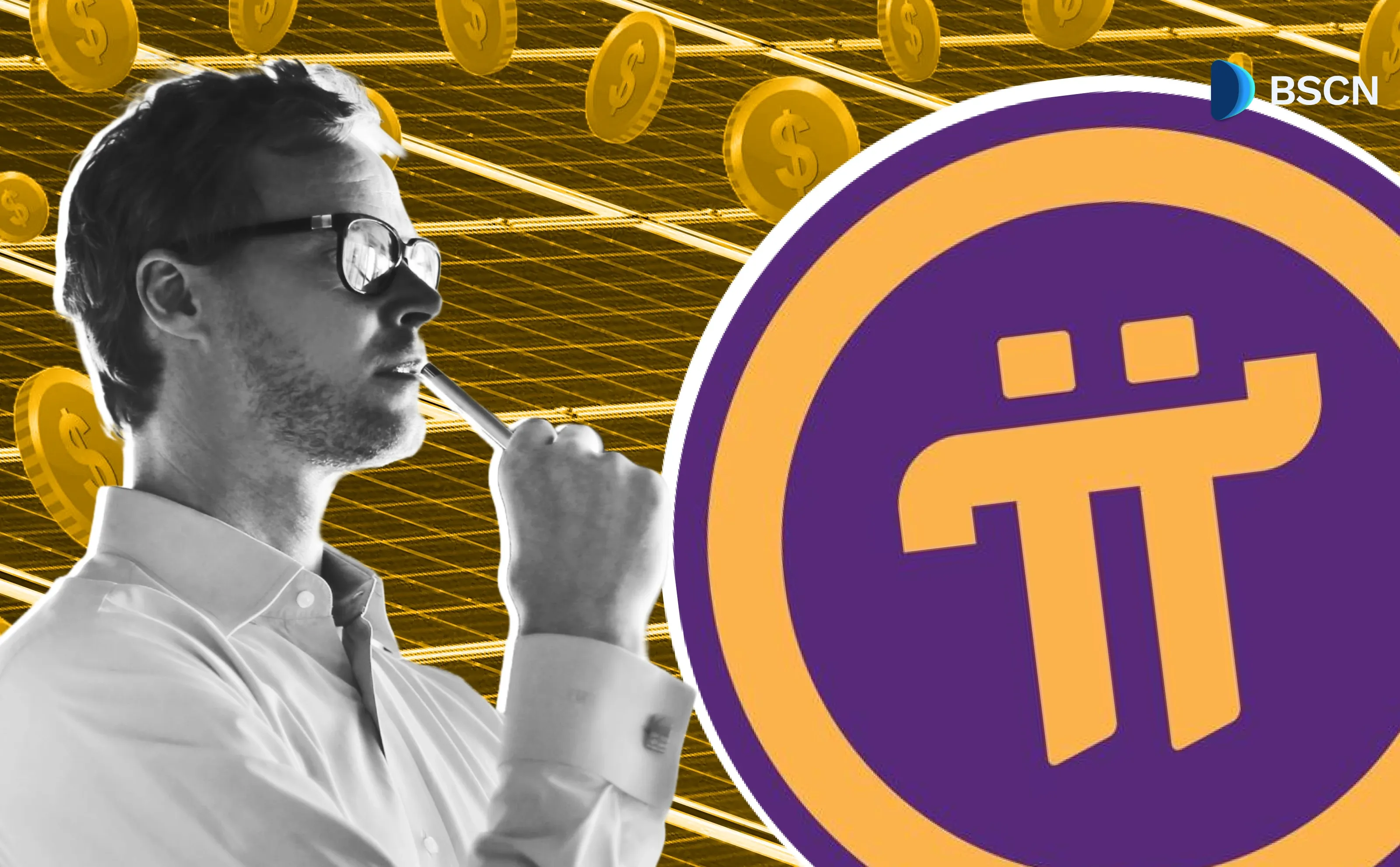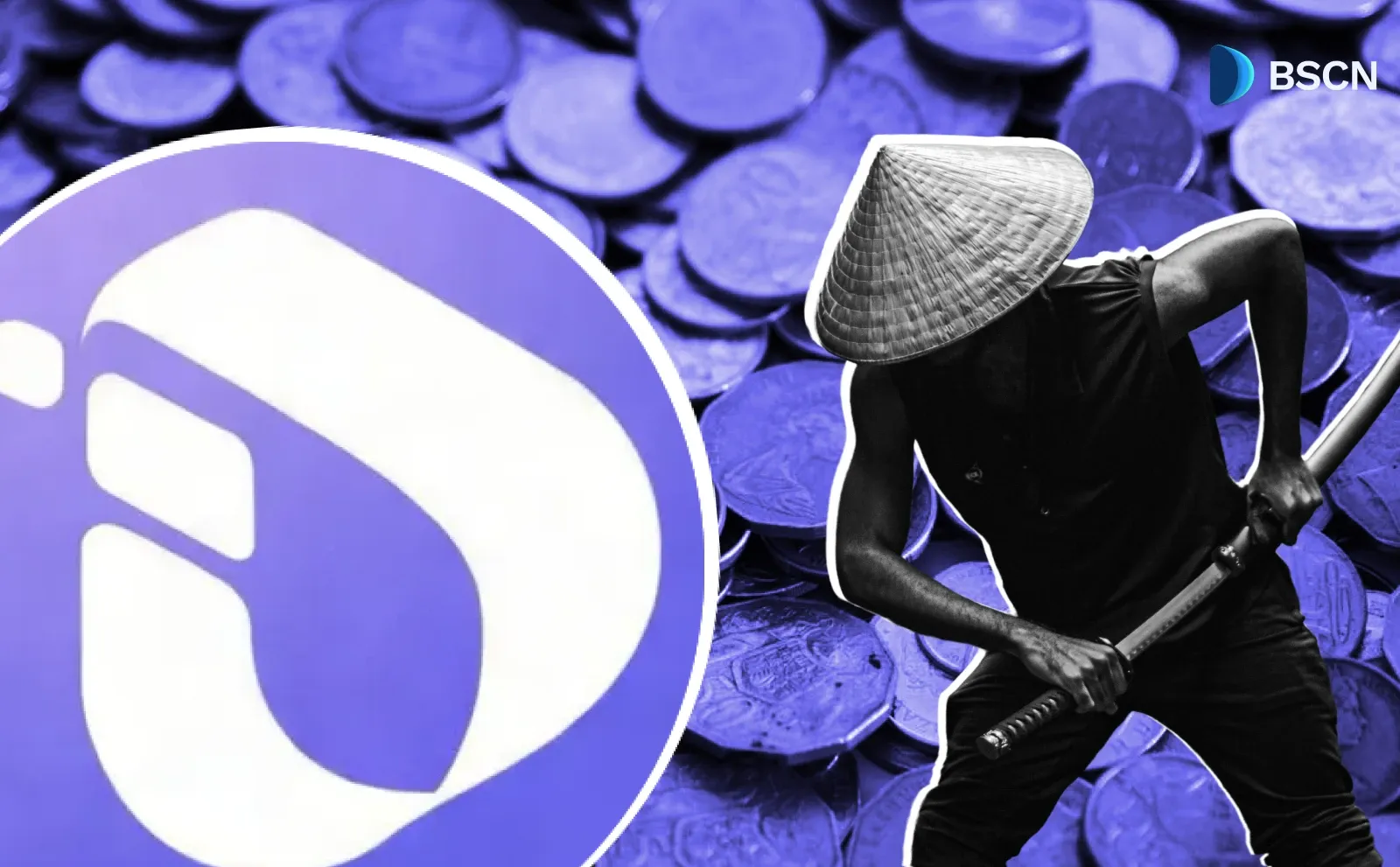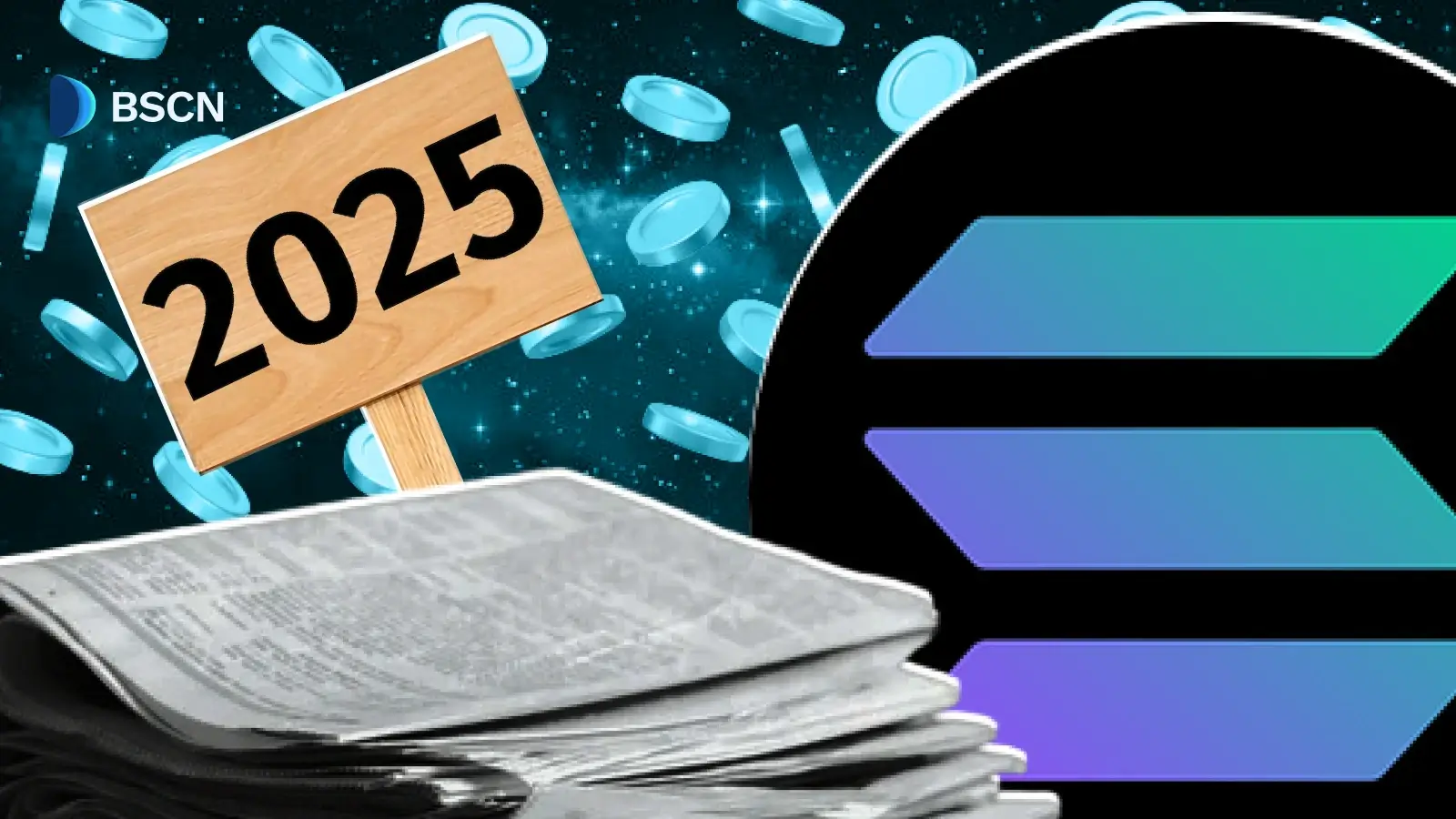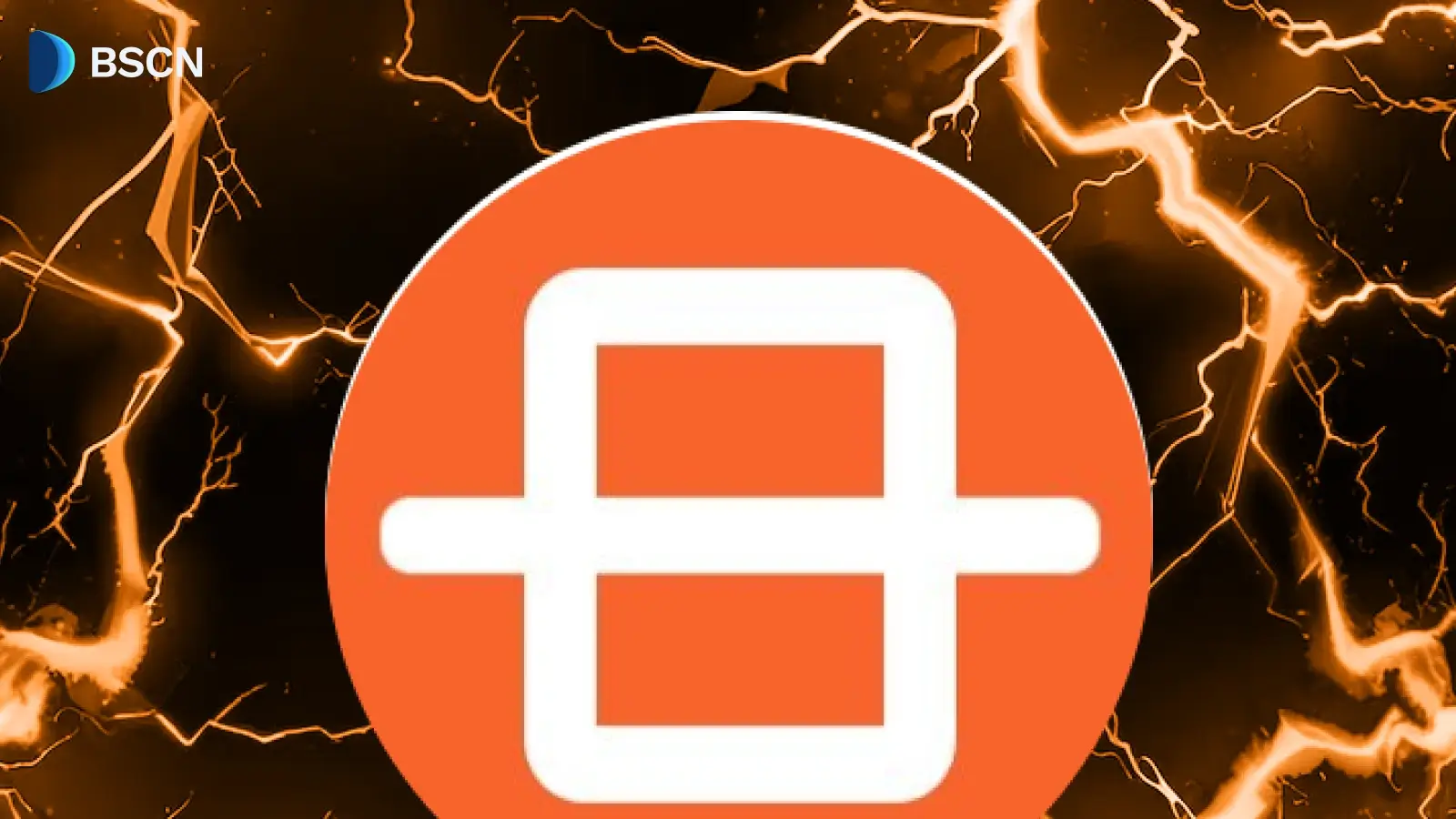Deepdive
(Advertisement)
What is x402 and How Does it Work?

Learn how Coinbase’s x402 protocol enables seamless, automated stablecoin payments over HTTP, powering AI agents and programmatic digital transactions.
Miracle Nwokwu
October 27, 2025
(Advertisement)
Table of Contents
In an era where digital transactions are becoming more integrated into everyday online interactions, protocols like x402 are emerging to address specific challenges in payment systems. Developed by Coinbase in May, x402 revives a long-dormant aspect of web standards to facilitate seamless, programmatic payments. With AI agents live on the protocol, x402 transaction activity has gone up by over 10000% in a month, per data from Dune Analytics.
This article explores the fundamentals of x402, its mechanics, features, and applications, as well as the growing ecosystem of related cryptocurrencies that have sprung up around it.
Understanding x402: A Protocol for Programmatic Payments
At its core, x402 is an open-source payment protocol designed to enable instant stablecoin transactions directly over HTTP, the foundational protocol of the web. It brings back the HTTP 402 "Payment Required" status code, which was originally defined in the 1990s but rarely used, transforming it into a practical tool for monetizing online resources. Unlike traditional payment methods that often require user accounts, credit card details, or lengthy authentication processes, x402 allows clients—whether human developers or automated systems like AI agents—to pay for access to APIs, data, or digital content in a straightforward, automated manner.
The protocol's purpose is to reduce friction in digital commerce, particularly for machine-to-machine interactions. For instance, as AI systems become more autonomous, they need ways to access paid services without human intervention. x402 addresses this by embedding payment logic directly into HTTP requests, making it possible for services to charge per use while keeping the process efficient and scalable. It's built to be chain-agnostic, meaning it can work across different blockchains, though it currently emphasizes networks like Base for handling USDC stablecoin payments. This approach not only simplifies billing for providers but also opens doors for new business models in areas like content distribution and software services.
One key aspect is its focus on stablecoins, which provide price stability compared to volatile cryptocurrencies. By leveraging these, x402 ensures that payments remain predictable, which is crucial for widespread adoption. Developers at Coinbase have positioned it as a step toward an "internet-native" economy, where money flows as easily as data does today. While it's still in its early stages, partnerships with companies such as Cloudflare, which has integrated x402 support into its agent SDKs, suggest growing interest from major players in web infrastructure.
How x402 Works: The Step-by-Step Process
The mechanics of x402 are relatively simple, relying on a request-response cycle that mirrors standard web interactions but incorporates on-chain verification. When a client sends an HTTP request to a server for a protected resource—say, an API endpoint—the server checks if payment is needed. If so, it responds with a 402 status code, along with details on the required payment, such as the amount in USDC and the recipient address.
The client then constructs a payment transaction, typically using a stablecoin on a supported blockchain. To avoid burdening sellers with complex blockchain management, x402 introduces a "facilitator" service. This intermediary handles verification and settlement: it confirms the payment on the blockchain and notifies the server, which then grants access to the resource. Coinbase's Developer Platform offers a hosted facilitator that processes these USDC payments on the Base network without additional fees, ensuring quick settlements—often in seconds.
This flow eliminates the need for ongoing sessions or user logins, making it ideal for one-off or programmatic accesses. For example, an AI agent querying a data service could receive a 402 response, automatically approve the payment from its wallet, and proceed without interruption. The protocol's design also includes safeguards against replay attacks and supports extensibility for future features like credit-based billing or KYC integrations via attestations.
In practice, implementing x402 involves setting up server-side logic to handle 402 responses and integrating with a facilitator, which can be done using open-source libraries from Coinbase's GitHub repository. Developers can start by reviewing reference implementations for paywalls or API services, which demonstrate how to gate content or endpoints behind these payments.
Security and efficiency are built-in, with the facilitator offloading blockchain interactions so sellers don't need to run nodes or monitor transactions themselves. This stateless approach—where each request is independent—further enhances scalability, allowing high-volume services to operate without maintaining user states.
Key Features of x402
Several elements distinguish x402 from other payment solutions. First, its integration with HTTP means it works with existing web tools and browsers, requiring minimal changes to infrastructure. Payments are on-chain, providing transparency and immutability, yet the protocol abstracts away much of the complexity through the facilitator.
Another standout feature is support for micropayments, enabling charges as low as fractions of a cent, which is impractical with traditional systems due to fees. This is particularly useful for usage-based pricing in APIs or streaming content. The protocol is also provider-agnostic, meaning while Coinbase hosts one facilitator, others could emerge, fostering a decentralized ecosystem. Currently, it prioritizes fee-free USDC on Base, but plans include expanding to other assets and networks.
For developers, x402 offers programmatic flexibility: clients can automate payments using wallets that support the protocol, and servers can dynamically set prices based on request parameters. This adaptability makes it suitable for diverse applications, from e-commerce to automated workflows.
Use Cases: Practical Applications
x402's design lends itself to a variety of scenarios, especially where automation and low-friction payments are key. In API monetization, providers can charge per request, allowing developers to access premium data or computations without subscriptions. For instance, a weather service could require a small payment for high-resolution forecasts, verified instantly via the protocol.
AI agents represent a particularly promising use case. As these systems evolve, they need to interact with paid resources autonomously—fetching data, running models, or collaborating with other agents. x402 enables this by allowing agents to handle payments natively over HTTP, without needing to simulate human actions like entering card details. Companies like Cloudflare are already incorporating it into their AI tools, suggesting broader adoption in agent-driven economies.
Digital content paywalls are another area: publishers could gate articles or videos behind x402 payments, enabling instant access after a microtransaction. Proxy services, which aggregate multiple APIs, could resell access with built-in billing. Even robotics platforms, like those using x402 for task-based payments, illustrate its versatility. To implement these, start by integrating the protocol into your server stack—Coinbase provides guides for setting up a basic paywall, which involves adding middleware to detect unpaid requests and respond with 402 headers.
What Are x402 Coins? Narrative Overlap and Top Trending Tokens
Beyond the protocol itself, an ecosystem of cryptocurrencies has emerged under the x402 banner, often tied to projects that leverage or extend its capabilities. These "x402 coins" typically focus on themes like AI payments, agent autonomy, and decentralized infrastructure, creating narrative overlap with broader trends in DeFi and AI. For example, many emphasize enabling AI agents to transact seamlessly, blending x402's payment rails with automation tools.
CoinGecko recently established a dedicated category to track these, highlighting how the protocol has inspired a market segment. The x402 ecosystem has surged by 380% to around $834 million in the last 24 hours. Trending tokens often combine meme elements with utility, such as facilitating payments in agent marketplaces or providing infrastructure for x402 integrations. Narratives frequently revolve around "agent economies," where tokens power transactions between autonomous systems, echoing x402's goal of machine-native finance.
Some top trending x402 coins include $PING, positioned as the "ORDI of x402" for its early mint and meme appeal; $PAYAI, which proxies payments on networks like Solana; and $DREAMS, focused on omnichain agent apps. Others like $BNKR offer revenue-sharing models, while $SANTA enables AI agent swarms via x402 rails. These tokens often see volatility driven by community hype and protocol updates, but their overlap lies in enhancing x402's payment ecosystem for AI and automation.
The Role of x402 in Digital Payments
x402 represents a thoughtful evolution in how payments can be woven into the fabric of the internet, offering tools for developers and businesses to create more dynamic, automated economies.
As more projects build on this foundation, from AI integrations to new token ecosystems, x402 could play a meaningful part in shaping the next phase of online transactions. For those interested in experimenting, Coinbase's documentation provides actionable starting points, including code samples and setup guides.
Sources:
- Coinbase Developer Docs – x402 Protocol Overview: https://developers.coinbase.com/docs/x402
- Cloudflare AI Agent SDK Integration Announcement: https://blog.cloudflare.com/x402/
- CoinGecko x402 Category: https://www.coingecko.com/en/categories/x402
Read Next...
Frequently Asked Questions
What is x402?
x402 is an open-source payment protocol by Coinbase that enables instant stablecoin transactions over HTTP, reviving the HTTP 402 "Payment Required" status code for seamless, automated payments in digital commerce, especially for AI agents.
How does x402 work?
When a client requests a protected resource, the server responds with a 402 status code and payment details. The client sends a stablecoin payment via a facilitator (like Coinbase's), which verifies it on-chain and grants access, all in seconds without user accounts or logins.
What are the key features of x402?
Key features include HTTP integration for easy adoption, support for micropayments, chain-agnostic design (focusing on Base and USDC), facilitator for simplified blockchain handling, and extensibility for future options like credit billing.
What are the use cases for x402?
Use cases include API monetization with per-request charges, enabling AI agents to access paid services autonomously, digital content paywalls for instant microtransactions, and proxy services for aggregated API billing.
Disclaimer
Disclaimer: The views expressed in this article do not necessarily represent the views of BSCN. The information provided in this article is for educational and entertainment purposes only and should not be construed as investment advice, or advice of any kind. BSCN assumes no responsibility for any investment decisions made based on the information provided in this article. If you believe that the article should be amended, please reach out to the BSCN team by emailing [email protected].
Author
 Miracle Nwokwu
Miracle NwokwuMiracle holds undergraduate degrees in French and Marketing Analytics and has been researching cryptocurrency and blockchain technology since 2016. He specializes in technical analysis and on-chain analytics, and has taught formal technical analysis courses. His written work has been featured across multiple crypto publications including The Capital, CryptoTVPlus, and Bitville, in addition to BSCN.
(Advertisement)
Latest News
(Advertisement)
Crypto Project & Token Reviews
Project & Token Reviews
Comprehensive reviews of crypto's most interesting projects and assets
Learn about the hottest projects & tokens















